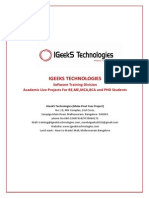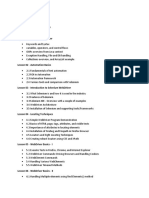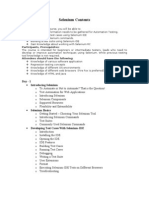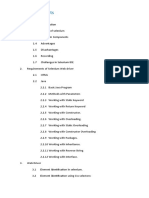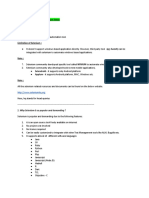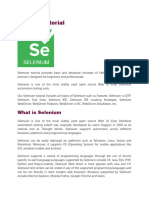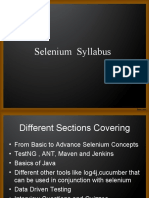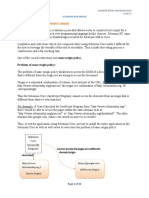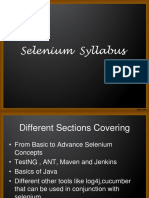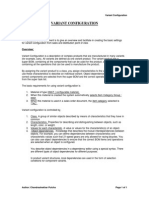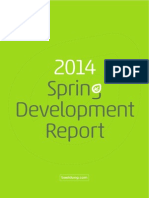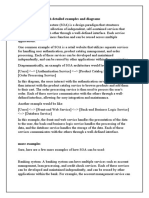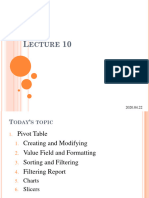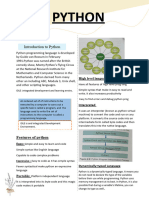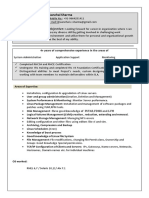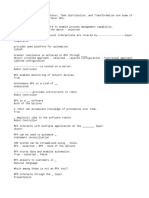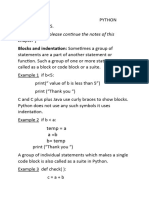0% found this document useful (0 votes)
43 views4 pagesSelenium Course Outline
The document outlines a comprehensive curriculum for Selenium training, covering basic to advanced topics including Selenium IDE, WebDriver, and various testing frameworks like JUnit and TestNG. It also includes a section on learning Java, focusing on object-oriented programming concepts, file I/O, and collections. The course is structured to provide hands-on experience with practical examples and case studies.
Uploaded by
Sreekanth PayikCopyright
© © All Rights Reserved
We take content rights seriously. If you suspect this is your content, claim it here.
Available Formats
Download as DOC, PDF, TXT or read online on Scribd
0% found this document useful (0 votes)
43 views4 pagesSelenium Course Outline
The document outlines a comprehensive curriculum for Selenium training, covering basic to advanced topics including Selenium IDE, WebDriver, and various testing frameworks like JUnit and TestNG. It also includes a section on learning Java, focusing on object-oriented programming concepts, file I/O, and collections. The course is structured to provide hands-on experience with practical examples and case studies.
Uploaded by
Sreekanth PayikCopyright
© © All Rights Reserved
We take content rights seriously. If you suspect this is your content, claim it here.
Available Formats
Download as DOC, PDF, TXT or read online on Scribd
/ 4

